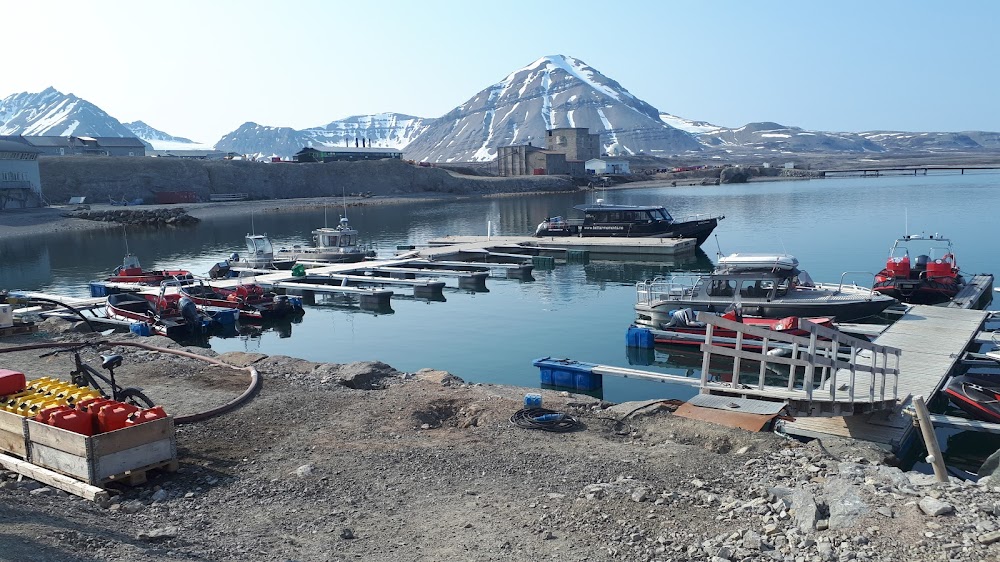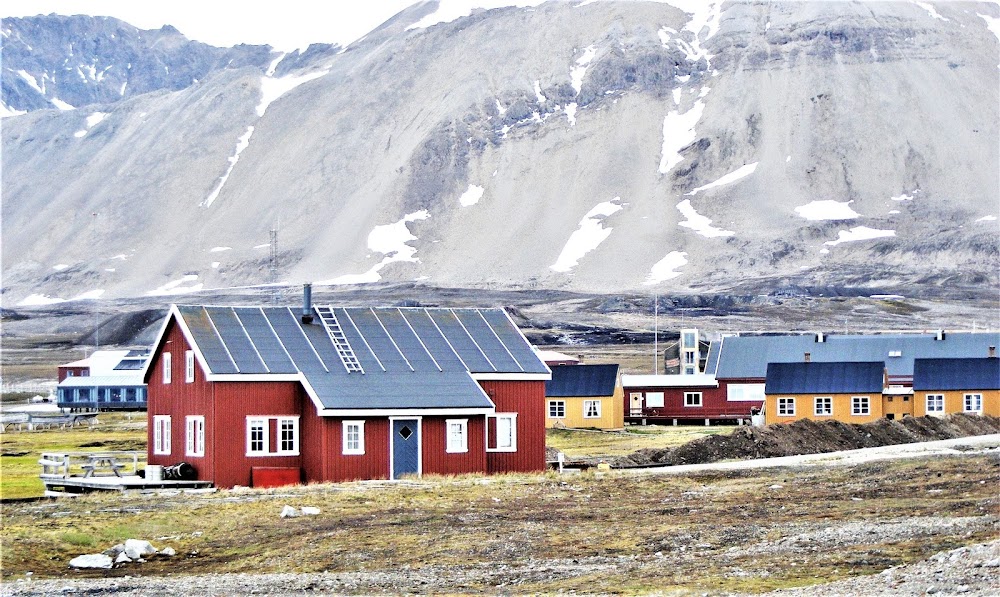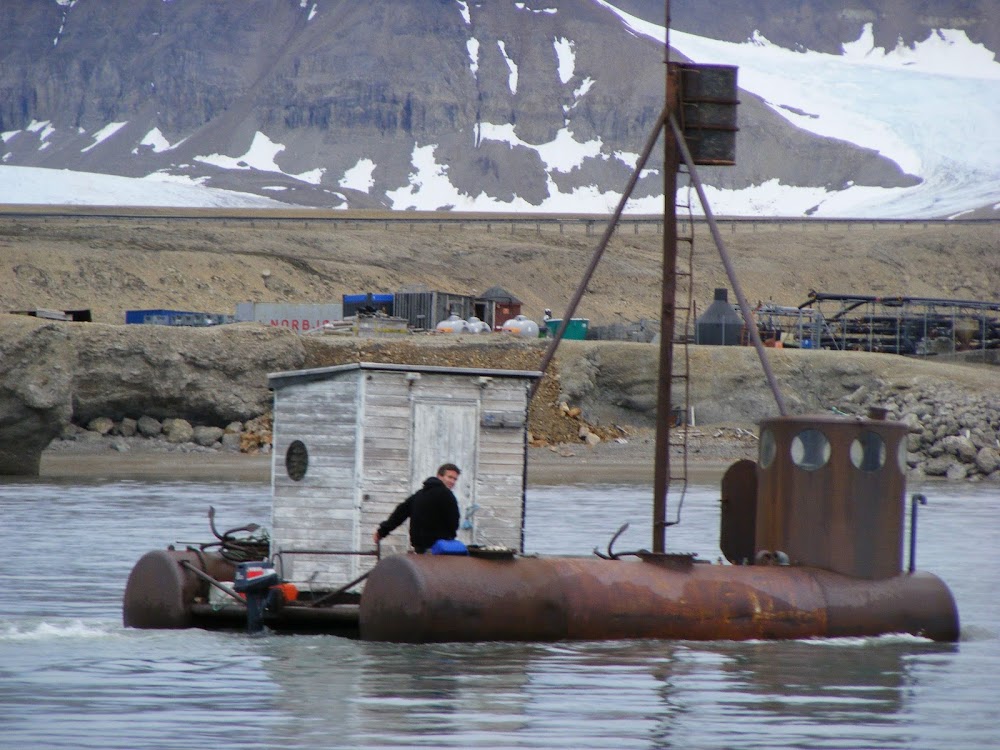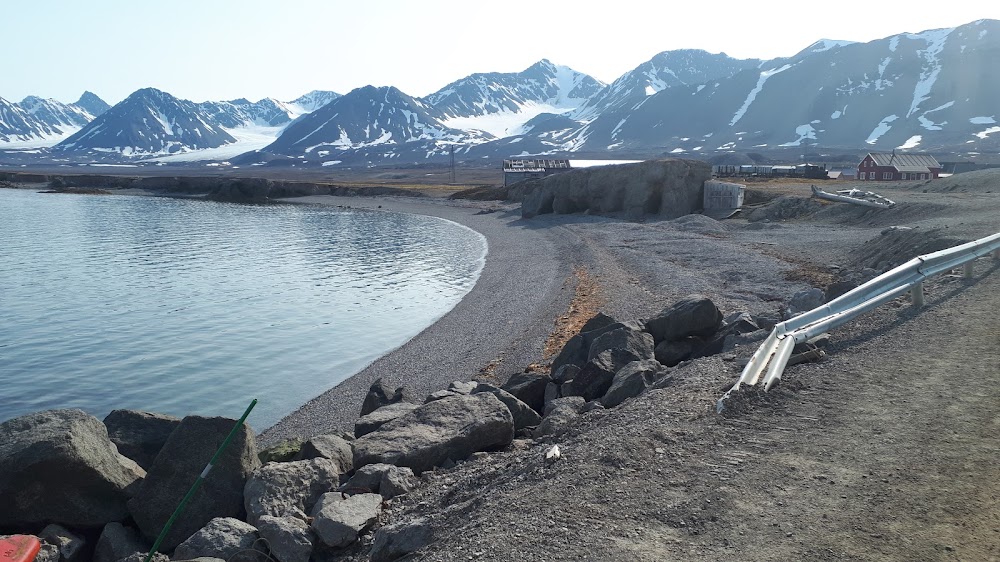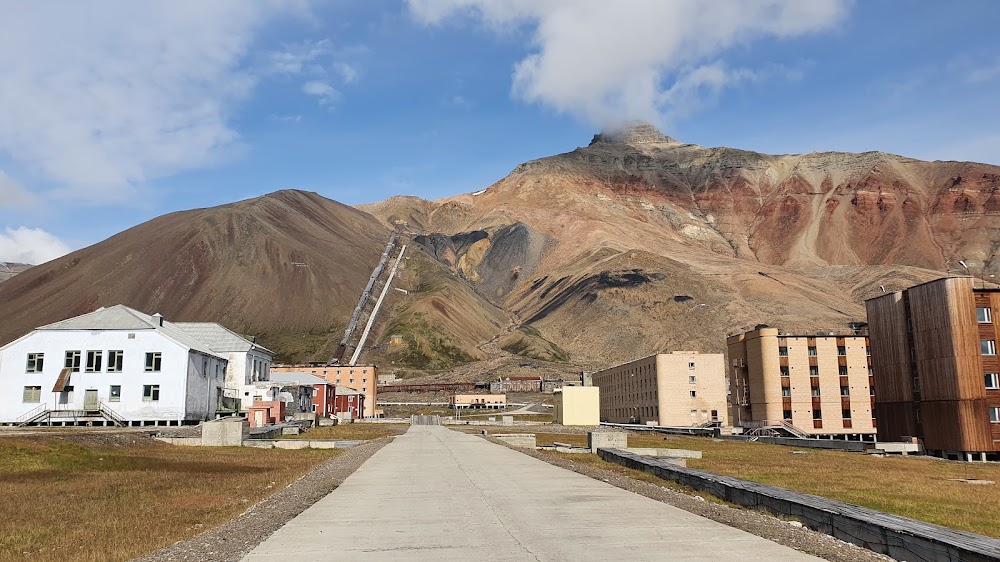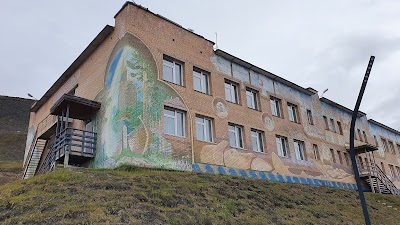Ny-Ålesund (Ny-Ålesund)
Related Places
Overview
**Ny-Ålesund: A Unique Arctic Gem**
Ny-Ålesund, a small research town nestled on Spitsbergen Island in Svalbard, Norway, is a remarkable example of human resilience and innovation. Located at a staggering latitude of 78°55' N, it ranks among the world's northernmost settlements, offering a rare glimpse into life and research in the Arctic.
**From Coal Mining to Research Hub**
In the early 20th century, Ny-Ålesund was bustling with activity as a coal mining town. Established in 1916 by the Kings Bay Kull Compani (Kings Bay Coal Company), the town quickly expanded to accommodate miners and their families. Workers constructed homes, a power station, and various support buildings to sustain the growing mining community.
However, the unforgiving Arctic environment presented significant challenges. Mining operations were frequently interrupted due to extreme weather and safety concerns inherent to such a remote location. A tragic turning point occurred in 1962, when a catastrophic explosion claimed the lives of 21 miners, leading to the mine's closure and the end of commercial mining activities in Ny-Ålesund.
**A New Era of Scientific Exploration**
Despite the mine's closure, Ny-Ålesund’s existing infrastructure and remote setting provided a unique opportunity for scientific research. In 1964, the Norwegian government shifted the town's focus from mining to research, recognizing its potential for polar and Arctic studies.
Over the years, Ny-Ålesund evolved into an international research station. Countries from around the globe established their own research facilities, transforming the town into a hub for scientific inquiry. It is now home to the largest laboratory for environmental and atmospheric research in the Arctic, boasting state-of-the-art facilities for various scientific disciplines.
**Sustainable Practices and Pioneering Research**
To support the influx of researchers, Ny-Ålesund has seen the construction of modern amenities, including a contemporary power station and enhanced telecommunications facilities. Significant efforts have been made to minimize human impact on the pristine Arctic environment, with sustainable practices and strict regulations ensuring that research activities do not harm the local ecosystem.
One of the key research initiatives is the Ny-Ålesund Atmospheric Observatory, which plays a vital role in studying climate change. Its strategic location near the North Pole allows it to provide invaluable data on polar climate dynamics and atmospheric pollutants. Research areas also include glaciology, marine biology, and geophysics, greatly contributing to our understanding of polar sciences.
**A Glimpse into the Past**
Visitors to Ny-Ålesund can also explore the remnants of its mining heritage. Historical monuments, such as old mining equipment, worker barracks, and the railway system that once transported coal to the coast, offer a fascinating look into the town's past. The Museum of Ny-Ålesund, situated in one of the original buildings, provides insights into this rich history and the transition from mining to research.
**Conclusion: A Testament to Human Spirit**
Ny-Ålesund stands as a testament to human adaptability and the pioneering spirit in one of the most extreme environments on Earth. It exemplifies international collaboration in scientific research, driving forward our understanding of the Arctic and its global implications. Whether you're interested in history, science, or the breathtaking Arctic landscape, Ny-Ålesund promises an unforgettable experience.


